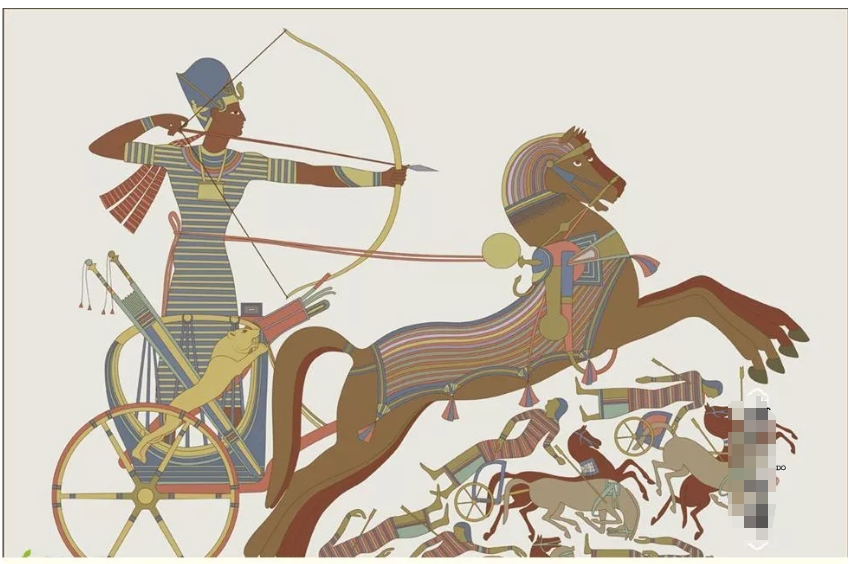Release time:2025-08-06 16:09:46Clicks:author:SPG ArcheryMain categories:Bows, Arrows, Archery Accessories

The traditional shooting stance's linear force generation method can vary greatly from person to person. Here are some personal experiences for your reference.
When the line connecting the shoulders and the forearms is aligned, it's difficult to sense the force being applied by the front shoulder and back muscles. One approach is to maintain a stationary torso while extending the forearms forward as far as possible, as if desperately reaching for something. Simultaneously, the thumb of the bow hand should exert a forward thrust (no downward force). By achieving these two points, you can maintain a certain degree of tension in the forearm and back during the final back-force phase, achieving a well-balanced front-back opening.
The back-hand force generation method in the small frame is very similar to the recurve, with the back shoulder blade bypassing the back muscles to form a "wing-like" positioning, characterized by the forward compression and contraction of the back muscles. This is generally referred to as the "back-force" method. However, the large and flat frame shooting stances differ in their linear force generation methods due to differences in draw length, back-hand position, back-back extension, and string-pulling technique.
The large frame has two back-hand force generation methods. The first method involves double-gripping the thumb with the index and middle fingers, with the back of the hand at a slight angle to the horizontal plane (similar to bow string clenching). This allows the forearm to be raised, allowing the back wrist to naturally bend inward. During the release, the back muscles contract more laterally and less downward. Viewed from behind, the upper arm leads the forearm, the elbow drops to the lower left, and the back hand also moves tangentially to the lower left. For the sake of distinction, I will tentatively call this the "expanding and holding" method.
The second method involves single-gripping the thumb with the index finger, with the back of the hand parallel to the horizontal plane (the method used by most people to clench the string). This method requires the forearm to be raised, forcing the wrist to bend downward. During the release, the back muscles contract less laterally and more downward. Viewed from behind, the upper arm leads the forearm, the elbow drops to the lower left, but the back hand essentially moves tangentially from top to bottom within the shooting plane. Some call this release "back hand lifting," while ancient texts describe it as "back hand plucking leaves." For clarity, I'll tentatively call this the "leaf plucking" force method.
The flat stance also has two force-generating methods. The first, similar to the "leaf plucking" method in the large stance, involves the back of the trailing hand parallel to the horizontal plane. Lateral contraction is weak, while downward contraction is strong. During release, the trailing hand "plucking leaves," moving tangentially from top to bottom within the shooting plane.
In the second flat stance force-generating method, the back of the trailing hand parallel to the horizontal plane. The sensation is that the force exerted by the shoulders stretching outward is greater than the force exerted by the back muscles contracting. Simultaneously, a slight twist of the trailing hand's wrist is applied. Upon release, the palm naturally turns outward, forming an "eight" hand shape with the index finger on top and the thumb on the bottom (as depicted in Qing Dynasty archery paintings). Observed from behind, the upper arm leads the lower arm, the elbow sinks to the lower left, but the trailing hand's thumb essentially moves tangentially from top to bottom within the shooting plane. Without a slight wrist twist (not string twist) and a natural outward rotation of the palm after releasing the bow, simply bracing the shoulders and retracting the back can easily cause the arrow to miss the upper right. To distinguish them, I will tentatively call this the "clear shooting" force method.
Whether it's the "back force" of the small frame, the "holding" of Kyudo, the "leaf plucking" mentioned in ancient texts, or the "clear shooting" method depicted in Qing Dynasty paintings, I believe the principles of "linear force" and "tangential motion" are the same, with appropriate variations based on the characteristics of each shooting method.
Personally, I can achieve decent accuracy with all four methods, but perhaps due to my limited skills, I haven't yet noticed any significant difference in accuracy between them. I can't guarantee the accuracy of all the content in this section; I'm simply recording my experiences here. I welcome your feedback and suggestions.